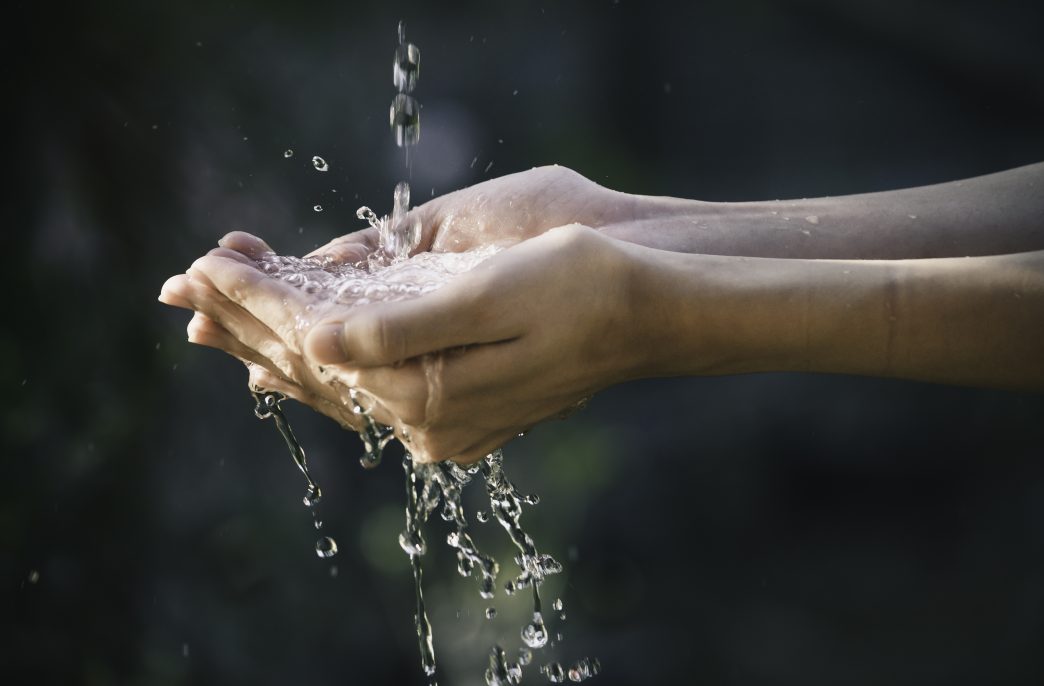Worcester Polytechnic Institute demonstrated new solution to extract urea from water

Researchers at Worcester Polytechnic Institute (WPI) have made significant strides in the field of water purification and hydrogen production, crafting a pioneering material designed to efficiently extract urea from water and potentially convert it into hydrogen gas. The team’s development centers around the use of nickel and cobalt atoms, which, through meticulous electronic structuring, enable selective oxidation of urea in an electrochemical process. The study, spearheaded by Xiaowei Teng, the James H. Manning professor of Chemical Engineering at WPI, has garnered attention with its recent publication in the Journal of Physical Chemistry Letters.
Urea, commonly used as a nitrogen fertilizer and naturally occurring in human metabolism, poses environmental challenges when it accumulates in water bodies. Agricultural runoff and municipal wastewater rich in urea can lead to eutrophication, resulting in detrimental algal blooms and hypoxic zones that threaten aquatic ecosystems and human health. However, urea’s unique attributes, including non-toxicity, high solubility, and substantial hydrogen content, position it as an advantageous medium for hydrogen storage, offering a more energy-efficient and economical alternative to traditional water electrolysis for hydrogen production.
The innovation by Teng and his team lies in the creation of electrocatalysts composed of synergistically interacting nickel and cobalt atoms, endowed with distinctive electronic structures that favor selective urea electro-oxidation. The research reveals that the effectiveness of these electrocatalysts is significantly influenced by their electronic configuration, particularly the prevalence of Ni2+ and Co3+ species. These configurations are instrumental in enhancing the selectivity for urea oxidation, as higher nickel valence states can lead to rapid reactions and strong electric current outputs, although they also contribute to the undesired oxidation of water.
In collaboration with Aaron Deskins, a professor of chemical engineering at WPI, the team employed computational simulations to further comprehend the mechanisms at play. Their findings indicate that the homogenous integration of nickel and cobalt oxides and hydroxides promotes electron redistribution, facilitating the catalytic process by optimizing electron interaction with urea and water molecules.
The implications of this research extend beyond water purification. With an annual production of 180 million metric tons, urea represents a substantial component in nitrogen fertilizers and feed additives. The ability to utilize urea in waste streams for hydrogen fuel production through electrolysis, while concurrently removing urea from water, can revolutionize the water-energy nexus. This breakthrough not only holds the potential to maintain ecological sustainability but also presents a significant stride towards harnessing alternative energy sources.
Source: Worcester Polytechnic Institute



